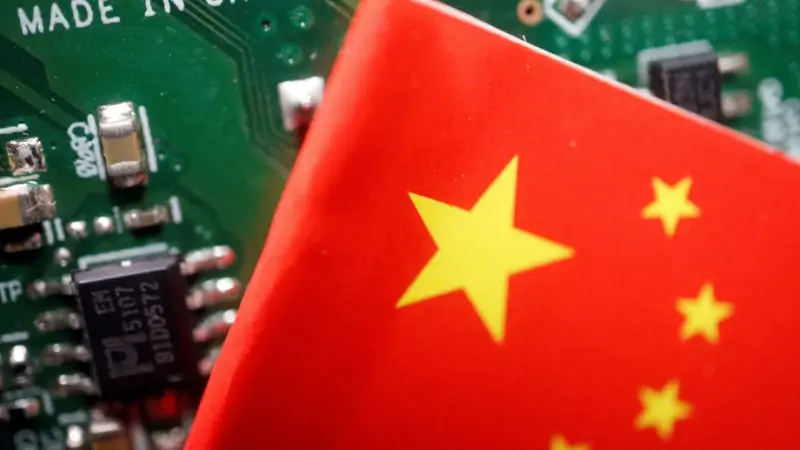The United States is set to impose its third major crackdown on China’s semiconductor industry in three years, with sweeping export restrictions targeting 140 Chinese entities, including key players like Naura Technology Group. The new measures, effective Monday, aim to stifle China’s ability to develop advanced chipmaking technologies, a move the Biden administration argues is essential to protect U.S. national security.
Key Highlights of the Crackdown
- Export Restrictions: The package includes bans on shipments of advanced memory chips, 24 new chipmaking tools, and software tools critical for semiconductor production.
- Entity List Expansion: Over 100 Chinese companies, including Swaysure Technology, Qingdao SiEn, and Shenzhen Pensun Technology, will be added to the U.S. Entity List, requiring special licenses for trade.
- Impact on Global Players: The restrictions extend to equipment made in countries like Singapore and Malaysia, potentially affecting U.S. allies and companies such as Lam Research, KLA, and Dutch manufacturer ASM International.
Focus on AI and Military Applications
The crackdown targets technology, such as high-bandwidth memory (HBM) chips, crucial for AI training and advanced computing. By curbing access to these technologies, the U.S. seeks to limit China’s progress in artificial intelligence and its potential military applications.
Rising Tensions and Global Implications
This latest move, which follows two similar initiatives in October 2022 and earlier, underscores escalating tensions between the U.S. and China over technology dominance. With input from allies like Japan and the Netherlands, the U.S. also aims to tighten export controls on semiconductor equipment made outside its borders but containing U.S. components.
China’s Efforts to Counter Restrictions
Despite efforts to achieve self-sufficiency, China remains years behind global leaders like Nvidia in AI chips and ASML in advanced manufacturing tools. However, the restrictions signal a broader effort to curb Beijing’s ambitions and safeguard strategic technologies from geopolitical adversaries.





